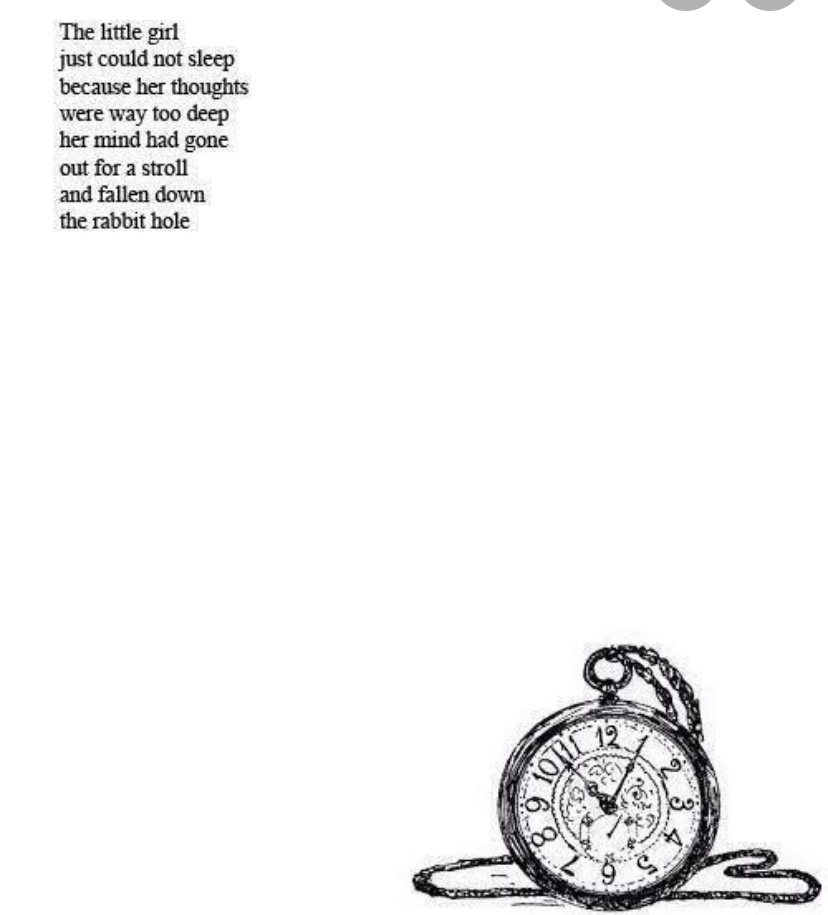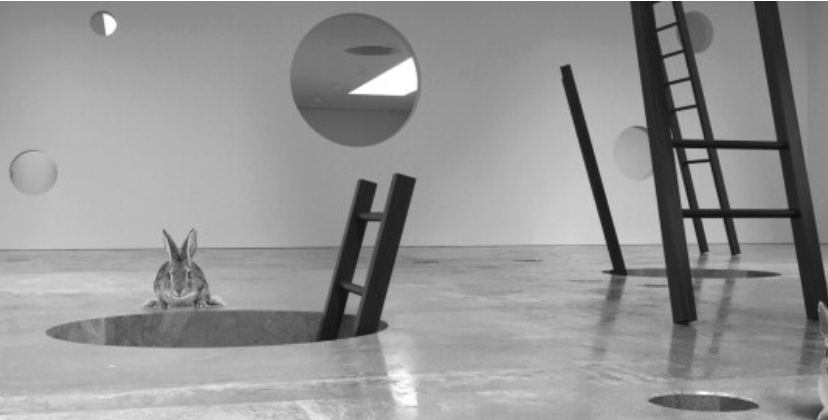This is the story of RABBIT HOLE – Part IV
Before I started reaching out to choreographers I felt really strongly that I needed to establish this thread, and as I mentioned in the previous section, I was, at the suggestion of my friend, Christianne, on this train of researching mythology in different cultures, looking for common themes, story frame works (ie, creation stories, etc), and characters when I landed on tricksters.
I have a soft spot in my heart for tricksters. My husband, Jacob, reminded me on our very first date that his name means trickster (review the Bible story of Jacob and Esau… although I feel that Esau would say that Jacob was playing more than a “trick”), and spends a lot of time enjoying mischievous humor and engages with others in a playful way as his main way of communication and relationship. In addition, I’m an animal lover, and for whatever reason, mythology that exists in most cultures centers animals, especially certain animals, in their morals and fables having to do with tricksters, primarily the rabbit/hare, and the coyote if you look at American (geographical America, not the USA) mythology.
I sent Susan what I thought was an innocuous text.
“Still working on a theme. I’m thinking perhaps focusing on the idea of the trickster in various forms of mythology. Went down an interesting rabbit hole this afternoon.”
Her response: “Oh how fun! Also, rabbit hole is an interesting idea?”
I went to sleep and, as I usually do, woke up in the middle of the night, and grabbed my phone and Googled “rabbit hole.” I found an article about internet rabbit holes, an Alice in Wonderland inspired poem, and images of a museum exhibit that featured holes in walls and ceilings and ladders and various rabbits hopping about (I’ve shared these photos with many people, but I have found that I am one of the only people that truly wishes I could have gone to the exhibit). At a much more reasonable hour I texted her back with the screenshots I found and said “you were right, it’s rabbit hole.”

The idea of a rabbit hole, like the image above, is a great one because there are many entrances. There’s its literary origins and the possibility of going full on fantasy with it (ie, Alice, the Mad Hatter, the Queen of Hearts, etc). There is the internet connection. There is an emotional and mental idea of going into a rabbit hole and finding a new way out, or, worse, getting trapped. There is the literal idea of a rabbit hole and the den where these animals live, separately but connected to each other. There are all the things you pick up along the way when you go down a rabbit hole. There are rabbits in so many different forms in culture, from the unsettling rabbits we see in Jordan Peele’s Us, he trickster hare, the Energizer bunny, and even Bugs Bunny himself. There are so many points of departure from the idea of Rabbit Hole, and somehow the imagery lends itself beautifully to a project like this one. The whole point of a rabbit hole is to get a little bit lost in one idea and wonder how you ended up in this new space and the ideas you pick up along the way… it’s very much a parallel to the project we were creating.
It also worked beautifully with the group of 13 choreographers I assembled. They came from a variety of race/ethnic backgrounds, sexual orientations, ages, genders, genres of dance, geographic locations, and various parts of the dance field including professional performers and choreographers, educators at the elementary, secondary and collegiate level, and artists that spanned a variety of dance and theater organizations. After gathering the choreographers for a Zoom meeting where I presented the plan (including the theme, compensation, time frame and what their responsibilities would and would not include), everyone was in and eager to contribute. These 13 choreographers ran the gamut of how they interpreted and engaged with the idea of the rabbit hole, from their music choices to their thematic interpretations.
Alongside this project of gathering the choreographers and establishing the frame we would work in, was the project of deciding how we would bring these solos to life. As I mentioned in a previous part, Ron Gonzalez, a local cinematographer, was contracting with our theater department to help them film for their online performances. I met with Ron as well and explained my idea. He seemed interested and we set up a time to visit Fort Worth’s Trinity Park to scout locations… to get 26 solos filmed in 2-3 days was going to be quite the feat, and we needed an area that provided varied backdrops and that was also not going to be a problem to film in (as a public park we needed no permits to be there). When we were scouting Ron pointed out tons of locations that would be interesting visually (under bridges, in front of graffiti, on a skyline-backed hilltop, on a fire escape stairwell) and that he would be able to capture with a variety of cameras, including his favorite, a drone, and he also pointed out, “there’s sort of a rabbit hole-looking spot that I think you might want to use.”
There’s a small, children’s train that has run through the park at times, and in a more forested area the track is surrounded by trees, and where the train exits the treed area, the vegetation was cut in such a way that it looks like a hole. It’s very surreal.
To be continued…


